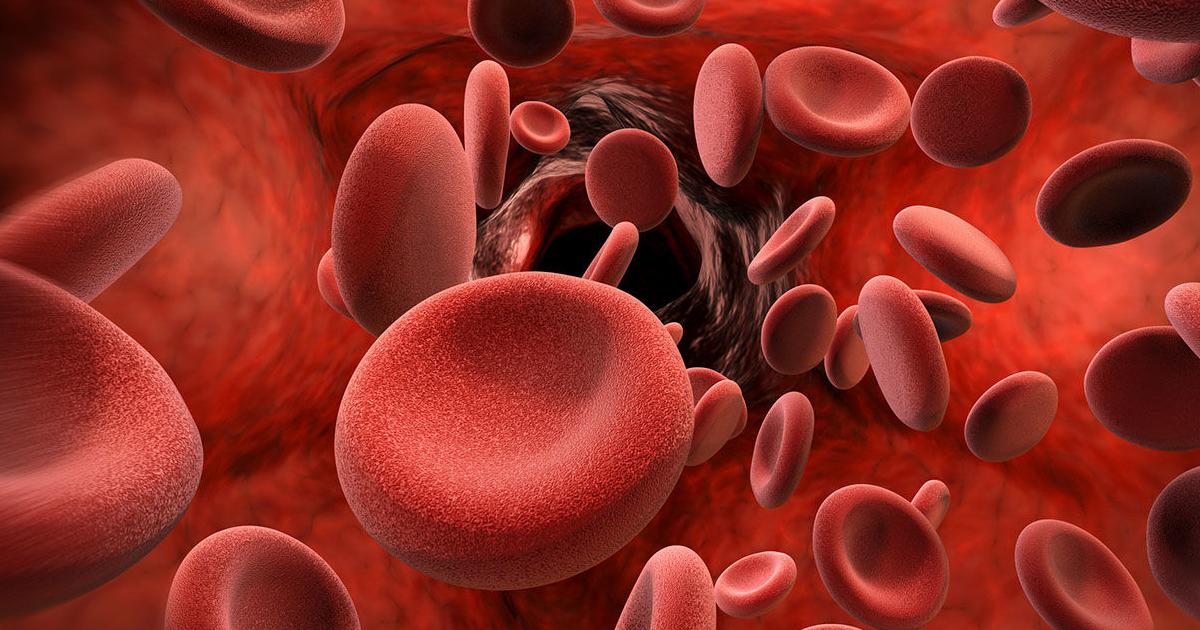What You Need To Know About Hemophilia
Causes And Risk Factors

Hemophilia happens when an individual's blood is unable to properly clot due to the absence of certain blood particles called clotting factors. Most forms of hemophilia are inherited from an individual's parents or grandparents. However, around a third of patients diagnosed with hemophilia have no familial history of hemophilia. These patients have hemophilia caused by a spontaneous mutation in one of the genes in their DNA.
Hemophilia can also be acquired in rare cases. This occurs when an individual's immune system begins to abnormally attack the clotting factors in their blood. Risk factors for acquired hemophilia include autoimmune conditions, pregnancy, multiple sclerosis, and cancer. Factors that increase an individual's risk of having inherited hemophilia include a familial history of the disease and being male. This occurs because hemophilia is caused by a mutation in the X chromosome. When this mutation is passed to a male, they will always have hemophilia. When this mutation is passed to a female, there is a chance she may not have hemophilia.
Understand how hemophilia is diagnosed next.
How It's Diagnosed

Diagnosis of hemophilia can be made during adulthood, childhood, or even when the affected individual is still a fetus. Hemophilia symptoms can occur at various ages depending on how severe the clotting factor deficiency is. The worst cases of hemophilia are almost always diagnosed within the first year of a patient's life, and some are only diagnosed after they experience excessive bleeding during an invasive procedure or surgery. Diagnostic tests that can identify hemophilia include an APTT test, which measures the amount of time it takes an individual's blood to clot. This provides indications related to the clotting factors eight, nine, eleven, and twelve.
A PT test may also be used to determine how long it takes for an individual's blood to clot by measuring the effectiveness of clotting factors one, two, five, seven, and ten. These clotting blood tests must be performed in order to diagnose hemophilia, as a patient will have a relatively normal complete blood count or CBC result. Sometimes, a low red blood cell count and low hemoglobin can be indicative of hemophilia.
Get the details on treatments available for hemophilia now.
